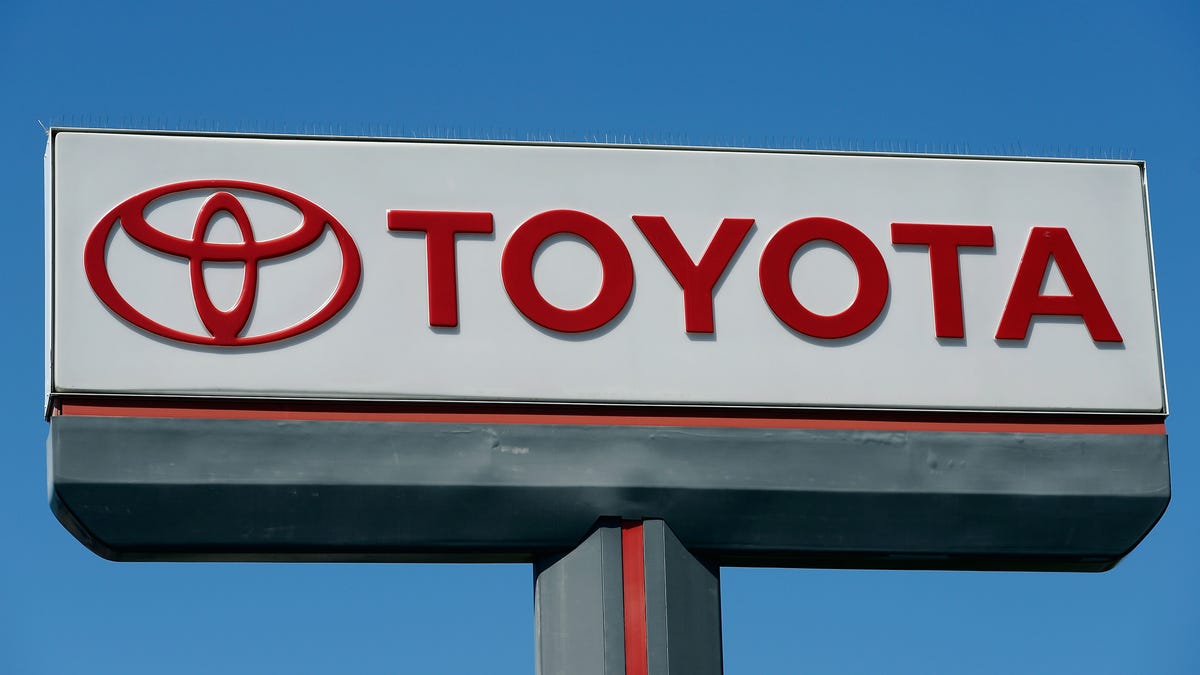Toyota’s $1.3 Billion Tariff Challenge: A Looming Crisis for the Auto Industry
In a stark warning to investors and consumers alike, Toyota announced that impending tariffs could cost the company $1.3 billion over the next two months. The Japanese automaker revealed the financial impact during its quarterly earnings call, citing rising trade barriers in key markets like the U.S. and Europe. This development threatens to increase vehicle prices, disrupt supply chains, and reshape competitive dynamics across the automotive sector.
The Financial Impact of Tariffs on Toyota’s Operations
Toyota’s projected $1.3 billion hit represents approximately 14% of its global net profit from the previous fiscal year. The tariffs primarily target vehicles and components imported from Japan and Thailand to North America, where Toyota sells nearly 2.4 million units annually. Analysts suggest the costs could break down as follows:
- $850 million in direct tariff payments
- $300 million in supply chain reorganization expenses
- $150 million in lost sales due to price increases
“This isn’t just a line item on a balance sheet—it’s a fundamental challenge to our business model,” said Toyota CFO Kenta Kon during the earnings presentation. “We’re exploring every option, from localizing production to renegotiating supplier contracts, but some cost increases will inevitably reach consumers.”
How Auto Tariffs Could Reshape the Consumer Market
Industry experts warn that Toyota’s predicament foreshadows broader market turbulence. According to the Center for Automotive Research, a 25% tariff on imported vehicles could increase average car prices by $2,750 across all brands. For Toyota specifically, popular models like the RAV4 Hybrid and Camry might see price hikes of 5-8%.
Dr. Sarah Chen, trade policy analyst at the Brookings Institution, explains: “Automakers operate on razor-thin margins. When tariffs swallow 3-5% of a vehicle’s value, manufacturers have no choice but to pass along most costs. The real question is whether consumers will absorb these increases or shift to cheaper alternatives.”
The potential ripple effects include:
- Delayed vehicle replacement cycles as buyers hold onto cars longer
- Increased demand for used vehicles
- Stronger competition from domestic automakers with localized supply chains
Global Trade Tensions and the Auto Industry’s Future
Toyota’s announcement comes amid escalating trade disputes between major economies. The U.S. currently imposes a 2.5% tariff on passenger vehicles from Japan, but recent trade negotiations could raise this to 10%. Meanwhile, the European Union is considering retaliatory tariffs on Japanese imports following disputes over clean energy subsidies.
These developments force automakers to reconsider decades-old production strategies. Toyota, which built its reputation on efficient global supply chains, now plans to accelerate North American production. The company recently announced a $500 million expansion of its Kentucky plant, aiming to build 100,000 additional vehicles annually by 2026.
Broader Economic Implications Beyond the Showroom
The tariff impact extends far beyond car dealerships. Moody’s Analytics estimates that sustained auto tariffs could:
- Eliminate 195,000 U.S. jobs in related industries
- Reduce GDP growth by 0.2 percentage points annually
- Increase inflation by 0.3% in the transportation sector
Small businesses in Toyota’s vast supplier network face particular vulnerability. “We’re already seeing tier-two and tier-three suppliers getting squeezed,” notes Michael Roberts, director of the Auto Supplier Alliance. “Many lack the resources to quickly relocate operations or absorb tariff costs.”
Navigating the Road Ahead: Strategies and Solutions
Automakers are pursuing multiple strategies to mitigate tariff impacts:
- Production localization: Shifting manufacturing to tariff-free zones
- Supply chain diversification: Developing alternative parts sources
- Product mix adjustments: Focusing on higher-margin vehicles
Toyota has particularly emphasized electrification as a potential path forward. By producing batteries and electric drivetrains locally, the company could circumvent many tariff issues. However, this transition requires massive capital investment—Toyota plans to spend $70 billion on electrification by 2030.
What This Means for Car Buyers and Investors
Consumers should prepare for a shifting automotive landscape in coming months:
- Expect fewer discounts and incentives on imported models
- Research local production origins when comparing vehicles
- Consider extended warranties as cars may be kept longer
For investors, the situation presents both risks and opportunities. While traditional automakers face headwinds, companies with localized production or tariff-exempt status could gain market share. Electric vehicle startups with domestic manufacturing, like Tesla and Rivian, might benefit from the trade policy shift.
As the tariff situation evolves, staying informed will be crucial for all stakeholders. Follow reputable industry sources and consider consulting financial advisors before making major automotive purchases or investment decisions in this volatile climate.
See more Business Focus Insider Team

